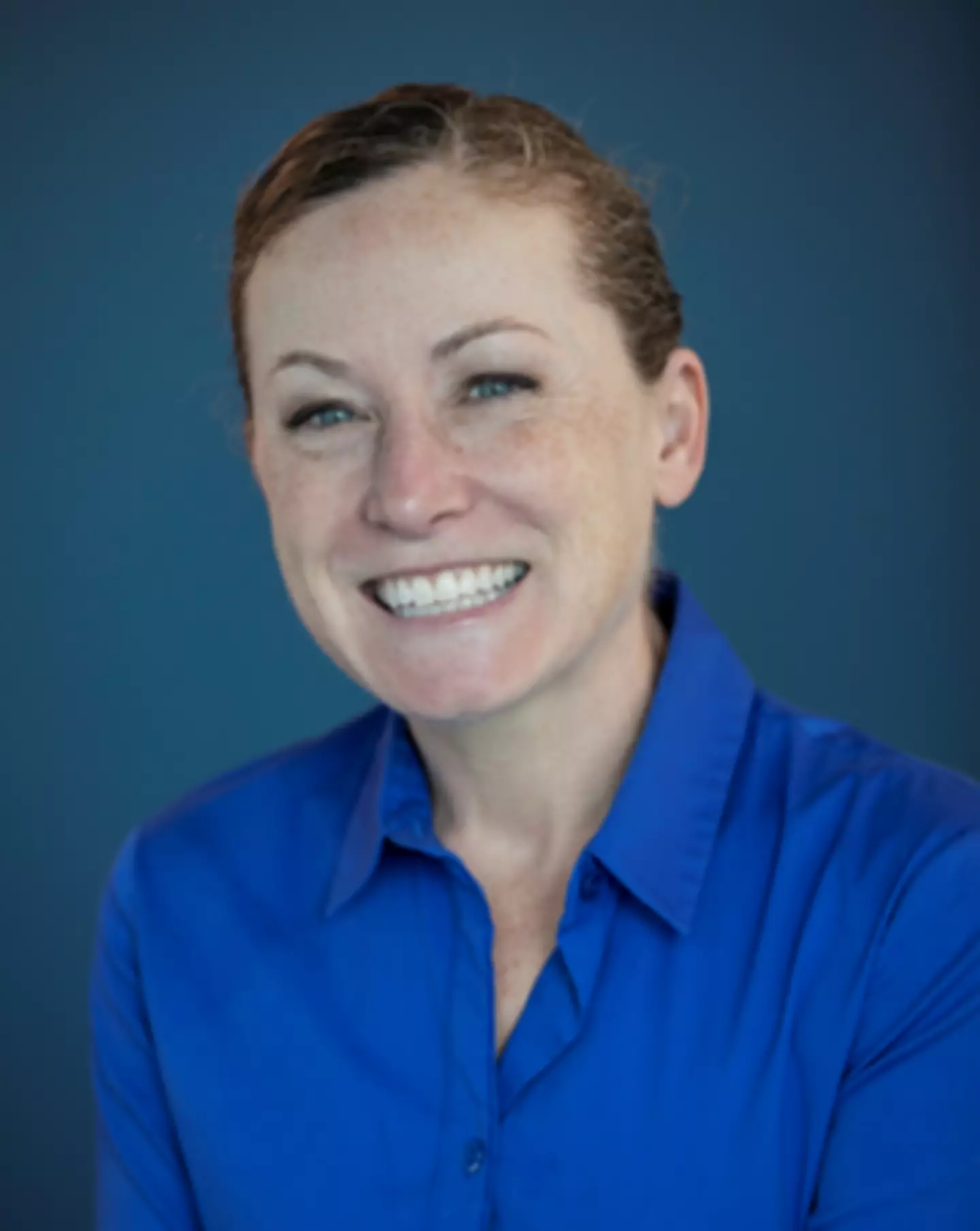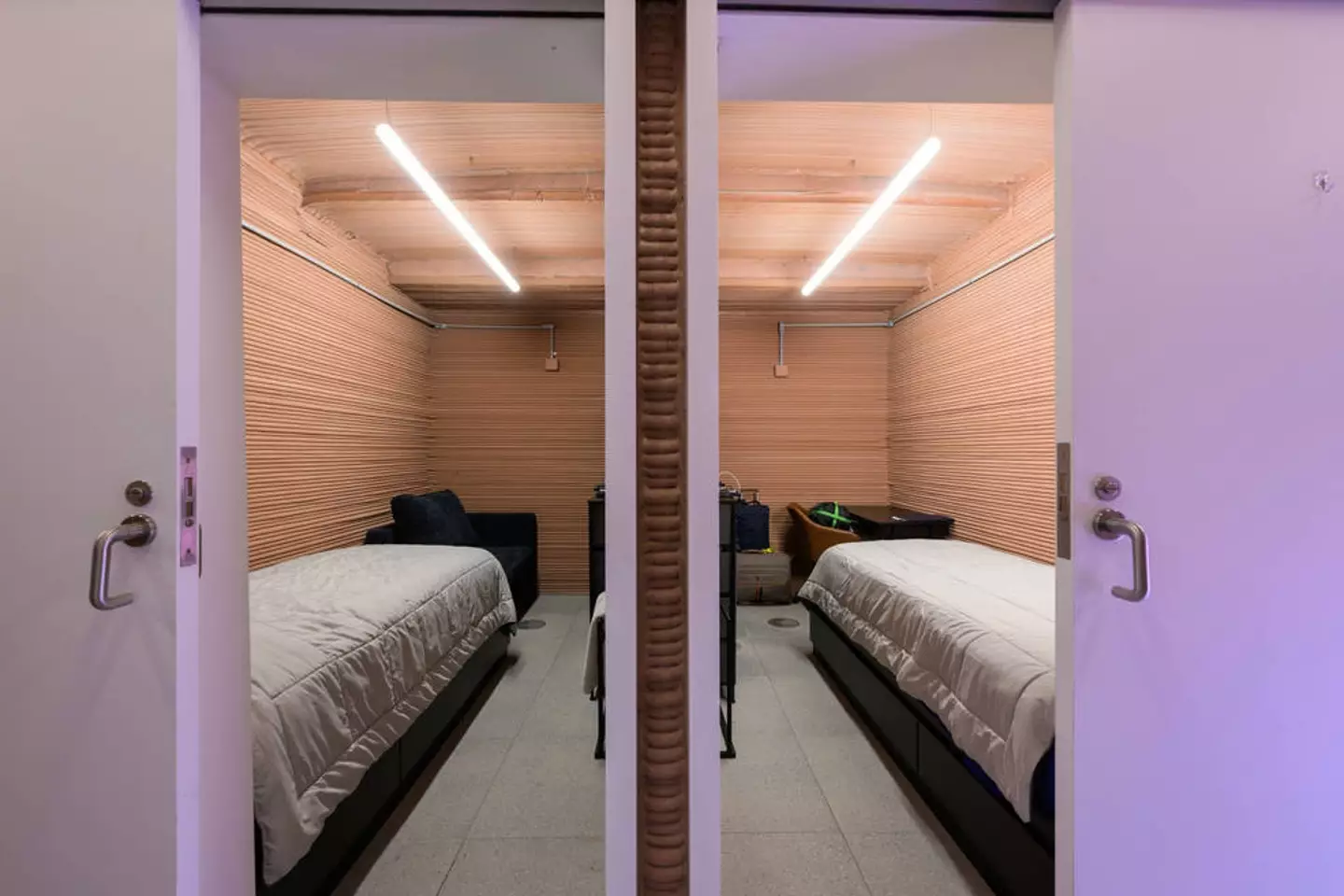
A scientist who is preparing to spend a year on ‘Mars’ has revealed what worries her the most.
Canadian biologist Kelly Haston is taking part in an important exercise revolving around the Red Planet in our solar system.
At the end of June, Haston will be one of four lucky volunteers – including an engineer, an emergency doctor and a nurse - who will set foot on ‘Mars’, which will be their home for the next 12 months.
“It still sometimes seems a bit unreal to me,” the 52-year-old told AFP.
Advert
A month of training is planned in Houston before embarking on the trip to ‘Mars’.
However, Haston and her fellow volunteers are not going into outer space. Instead, the ‘Mars’ she’s visiting is not too far from Canada, compared to the 295.36 million km between Earth and the real Mars.

Haston’s new home will be the Martian simulated habitat created by NASA, which gives volunteers a realistic taste of life on Mars.
Advert
Known as the Mars Dune Alpha, the 3D printed structure will ‘simulate a realistic Mars habitat to support long-duration, exploration-class space missions’, per NASA’s website.
This means Haston and co will be Mars guinea pigs to give scientists an idea of how humans react to living on Mars over a long period of time ahead of the real mission to Mars in the future.
Mars Dune Alpha is 1,700 square feet and made from lavacrete, a high-strength concrete. It will feature workstations, a dedicated medical station, common lounge areas, a galley and food growing stations, and four private crew quarters – because even volunteers need their privacy.
"It's actually surprisingly spacious feeling when you go inside it," Haston said, who visited Mars Dune Alpha last year before she was confirmed to join the mission.
Advert

"And we do have an outdoor area as well where we will mimic spacewalks or Mars walks."
But it won’t all be smooth sailing, as participants will face a raft of equipment failures, water limitations and some other unexpected ‘surprises’, according to Haston.
Communicating with the outside world – regular Earth – will be delayed to mimic the real delays that exist between our green and blue planet and Mars. The delays are set to be up to 20 minutes one-way, depending on the positions of the planets, and 40-minutes two ways.
Advert
Which still sounds a lot quicker than most public transport departure times.
"I'm very excited about this, but I'm also realistic for what the challenge is," says the research scientist, whose status as a permanent resident of the United States made her eligible for the once in a lifetime opportunity.
In terms of what worries her the most, Haston said isolation and being away from her family. She'll only be able to speak to them via email and sometimes through video, but never a live call.
.jpg)
Advert
After going on a research trip to Africa, Haston said she'll draw on this experience to help her cope during the experiment as "feelings of isolation are things that I think feel very familiar to me."
"It's aligned with many of my goals in life to explore different avenues of research and science, and then also to be a test subject, and to give to a study that will hopefully further space exploration."
NASA hopes to whisk astronauts away to the real Mars under its Artemis program in the 2030s.
